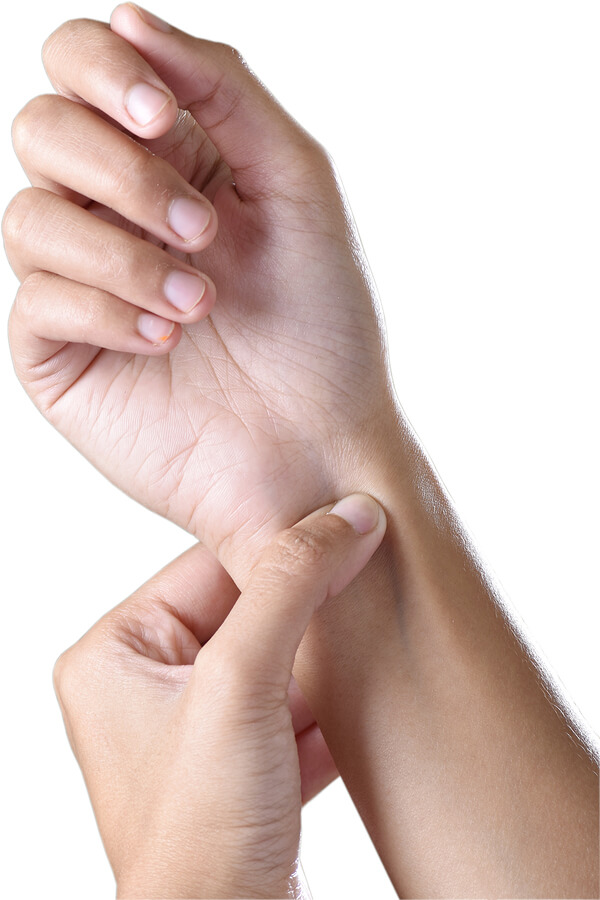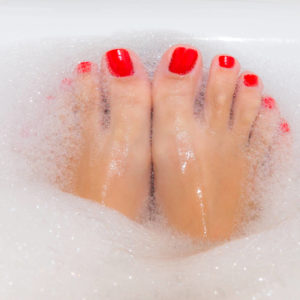Motion sickness can be the bane of many a traveler, and it can threaten to ruin your vacation or journey. The good news is that the causes of motion sickness are well known, symptoms are preventable, and there are many simple solutions to help.
What is Motion Sickness?
Motion sickness is caused when the inner ear, the visual field, and other perception systems are in conflict. The eyes see one thing, but the inner ear senses a different balance. Common symptoms include nausea, stomach upset, or heartburn. More severe symptoms may occur, including flushing, vomiting or retching.
Preventing Motion Sickneess
The first line of defense to prevent motion sickness are behavioral interventions that target the inner ear, the visual field and other perception.
1. Stabilize the Inner Ear
Creating stability in the inner ear is critical for preventing motion sickness in the first place. Depending on how you’re traveling you may:
- Sit over the wing on planes.
- Sit in the front seat of cars, near the front of the bus, on the lowest level of a train.
- Always face forward on all types of locomotives.
- Avoid driving over terrain with turns, accelerations and ups and down.
- Avoid boat travel through rain and storms.
2. Slowly Synchronize with Motion
When you know you are headed on a cruise or car journey, start in calm conditions and train your body to actively turn your head into turns. In planes, boats, and trains, walk around as often as possible, stand with legs bent, and learn to let your body anticipate and move with common motions.

3. Synchronize the Visual Field
To bring the eyes and inner ear into balance, let’s focus on seeing the one continuous visual field.
- On cruise ships and in cars, always visualize the true horizon and focus on a point on the distant horizon.
- Avoid close work, such as looking at screens, computers or reading.
- When possible, avoid driving through fog, clouds, or snow that might block view.
- If you can’t see the horizon, keep eyes closed or wear sunglasses.
4. Reduce Behaviors that Increase the Risk of Motion Sickness
Many of the choices that we make while traveling increase the risk of motion sickness. Here’s a few tips to help you travel nausea-free:
- Avoid alcohol, rich fatty foods, dehydration, hunger, and start your travels on an empty stomach.
- Attempt to sleep as often as possible, and avoid fatigue.
- Ensure good ventilation, and avoid noxious stimuli, such as exhaust or unpleasant bathroom aromas.
- Avoid reading or scrolling through your phone or computer while in motion.

5. Stay Positive to Keep Motion Sickness at Bay
Motion sickness has an emotional component to it. If you think you are going to be sick, or if you constantly dwell on the concern of getting sick, you are at a higher risk for actually getting motion sickness.
Be sure to keep your thoughts positive, listen to upbeat music, and avoid talking about motion sickness.
6. Medicines May Help
If you are highly prone to motion sickness then you may want to use a medicine to prevent nausea and vomiting. Transdermal scopolamine patches can be placed behind the ear to prevent motion sickness.
This medicine works by blocking the action of acetylcholine and reduces symptoms of nausea and vomiting. This medicine should not be used by people with open angle glaucoma or psychotic disorders; it can worsen glaucoma, and has the side effects of disorientation, dry mouth, vision changes, confusion and agitation.
Over the counter antihistamines, such as dimenhydrinate (Dramamine)and diphenhydramine (Benadryl), may also be used, but unfortunately these can make you very sleepy.
7. Try a Natural Remedy
Because of the side effects of over the counter and prescription medicines, many people choose to look for more natural approaches.
Peppermint tea is commonly used to treat motion sickness, but data is conflicting with some research concluding that it works, and other studies concluding there is no effect.
Ginger has the best evidence for reducing motion sickness, so grab a ginger tea or bring ginger capsules with you as you travel.
8. Do Acupressure Massage on Your Forearm
Stimulation of acupuncture point P6 in the center of the inside forearm has been shown to increase tolerance to motion in small trials. To do the acupressure on yourself, you simply:

- Position your hand so your fingers are pointing up and your palm is facing you.
- To find pressure point P-6, place your thumb on the inside of your wrist just below your index finger. You should be able to feel two large tendons (tissue that connects muscles to bones) under your thumb. This is pressure point P-6.
- Use your thumb or forefinger to massage on this point in a circular motion for 2 to 3 minutes. Be firm, but don’t press so hard that it hurts.
- Repeat the process on your other wrist.
Wondering what all you should bring on vacation? Check out this blog on my favorite travel gear.












